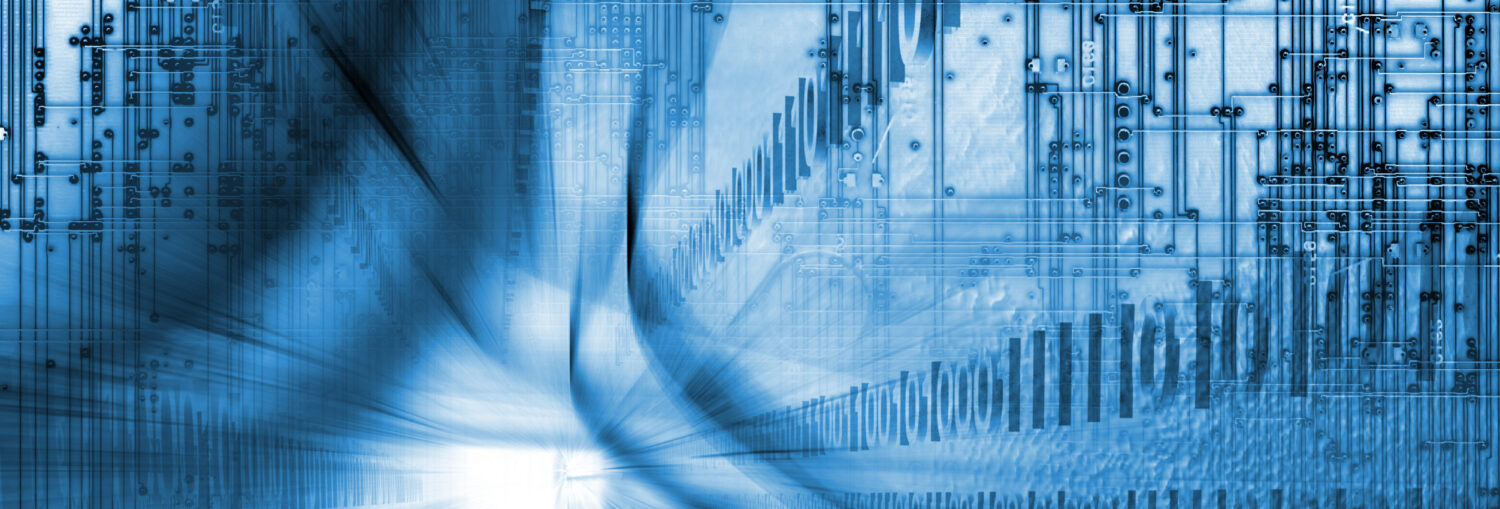The conglomerate of healthcare with IoT, checks all the options that relate to cost-effectiveness, patient monitoring, capturing digital medical data, automated medical systems, expanded doctor’s reach and many more. Let’s take a look at where they provide an edge in the medical world.
1. Patient Monitoring
Personal wearable fitness gadgets are the talk of the town these days. These IoT devices are capable of monitoring a vast range of health related activities, including heart rhythms, blood pressure, footsteps, physical position and quality of sleep, to name just a few.
2. Digital Medical Data Capturing
In the course of their stay, it’s often noticed that patients are hooked with number of medical devices and equipment such as heart monitors, Inter-Venuses, respirators and blood pumps. Manually recording of information from these devices has been a time-consuming and error-prone task for the nurses. In an IoT world, electronic health record (EHR) systems are used to transmit data of each patient automatically; this increases the accuracy hence allowing nurses to spend more time providing care.
With the advancements in live streaming video calls, biomedical technology and the Internet of Things, healthcare technical experts can interact with patients virtually from anywhere, removing the mobility time and cost required in seeing patients in person. For example, a HealthCare station can be placed near retail locations like drugstores that can behave as a virtual doctor’s office. Each kiosk would be equipped with sensors that measure blood pressure, weight, temperature and other vital symptoms, as well as video cameras for interacting with attending physicians remotely.
Smart sensors, that combine a sensor with a microcontroller, create a platform for accurately monitoring, measuring and analysing all kinds of health related signals. These may include vital signs like heart rate and blood pressure. To give the doctors a little insight into the daily activities, smart sensors can be incorporated into pill bottles to indicate whether a patient has followed the prescribed schedule and dose of medication. This has a huge impact on the patient’s health.
Effective management of sensors
For effective working of smart sensors, the microcontroller components should sustain several essential capabilities:
– Integrated capabilities on precision-analog make it possible for sensors to achieve high accuracy at low costs.
– Wireless networking enables devices to support popular wireless standards such as Bluetooth and Wi-Fi removing the physical limitations imposed by traditional Ethernet and USB. The microcontrollers should support Bluetooth Low Energy and Wi-Fi in clinics and hospitals that can raise the bar of healthcare standards in IoT.
– Proper testing of device keeping in mind all unit test cases and maximum efficiency. There are a number of cases which are quite likely to be missed while designing and developing a product. These are taken care of by the Quality Assurance team so as to meet all necessary conditions and quality.
– Graphical user interfaces (GUIs) focuses on improving usability by providing a display that delivers maximum information in the most easiest and vivid manner. Advanced GUI development along with high graphics-processing performance can be the best match for user experience.
Article Source: http://EzineArticles.com/expert/Loren_V_Vargas/2231850

Permalink
Permalink
Permalink
Permalink
Permalink
Permalink
Permalink
Permalink
Permalink
Permalink
Permalink
Permalink
Permalink
Permalink
Permalink
Permalink
Permalink
Permalink
Permalink
Permalink